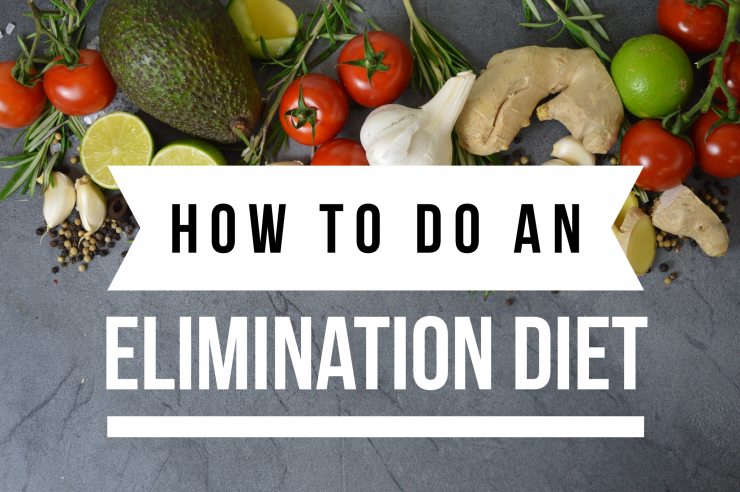
Elimination Diet for Food Sensitivities
One of the questions I am asked the most is “how do I figure out if foods are causing my health problems?” This is a key question that is worth exploring since food intolerance or sensitivities can contribute to a wide range of symptoms.
Symptoms
- asthma and allergies
- autoimmune disorders
- skin conditions
- arthritis
- atherosclerosis and other cardiovascular diseases
- leaky or permeable gut and other intestinal dysfunction
- neurodegenerative diseases such as dementia
- mood disorders
- ADD/ADHD
- narcolepsy
- addiction
- migraines
- kidney problems
- swallowing problems
The first and most effective place to start to address these symptoms is an elimination diet. Every person is different and there is no easy test to find your unique food sensitivities. You can follow my guide to wellness which eliminates potential food sensitivities or use this more detailed plan. For many people, it won’t solve all the problems but there is a very good chance that it will help many of them.
How it works
Biochemically, we are all very different and our food needs are as diverse as each person. This diet is like doing a research project on yourself. The plan: you eliminate certain foods for a period of time, at least 23 days up to 3 months, then slowly reintroduce specific foods and monitor your symptoms for possible reactions.
What to remove
To begin with, remove gluten, dairy, soy, eggs, corn, peanuts.
If you have an autoimmune condition, you should also remove all the other grains, legumes, nuts, seeds, alcohol and nightshade vegetables. It would also be a good idea to eliminate refined sugars while you are doing the diet. If you don’t think you can give them all up at once here is a progression to follow.
Reintroduction
Since you don’t want to get rid of all of these foods forever, you want to slowly reintroduce them one at a time so you can monitor yourself for symptoms. The time without the foods should depend on the severity of symptoms. It will take some people longer to recovery from eating the offending foods than others.
So, at the end of at least 23 days or as long as 3 months, depending on how you are feeling, reintroduce a single food for one day only. Then monitor your symptoms for three to seven days. For example, you might decide to reintroduce dairy on a Monday. That day you will want to eat that food two or three times that day starting with small portions and building up to a normal size portion throughout the day. For example, to reintroduce dairy you might have heavy cream in your coffee, then later a few bites of yogurt and then 1 oz. of cheese. Don’t eat that food again and monitor for any abnormal reactions until at least Thursday.
If you have no observable symptoms, you may try reintroducing another food (such as eggs) on Sunday or Monday. You can continue this process for a couple more weeks, reintroducing one new food every few days, until you’ve determined what foods may cause you an issue (if any).
If you are having reactions to foods, slow down and wait 6-7 days. If you are tolerating them well, then you can speed up the process.
What to look for
The key to this method is pay attention to how you’re feeling. For example, you’ll want to monitor your sleep, mood, energy, digestion, bowel habits, etc. Keep a journal even during the elimination phase and track any physical, mental, or emotional signs and symptoms. If you feel better during the elimination period (more energy, better sleep), it may indicate that a food you commonly eat is causing you a problem. The second thing to watch for is symptoms – negative or positive – during the reintroduction.
-
original symptoms (listed above) worsening
-
mood swings, depressed, unable to handle stress, increased anxiety
- increased mucus production: phlegm, runny nose, post-nasal drip
- aches and pains
- food cravings for sugar or fat
- reduced energy, fatigue or energy dips in the afternoon
- dizziness or light-headed
- changes in skin: rashes, acne, dry skin, little pink bumps or spots, dry hair or nails
- sneezing
- itchy eyes or mouth
- coughing or increased need to clear your throat
- headaches (mild to migraine)
- gastrointestinal symptoms: tummy ache, heartburn, nausea, constipation, diarrhea, gas, bloating, undigested food particles in stool
- trouble sleeping: either falling asleep or staying asleep or just not feeling rested
- brain fog
Sometimes after a longer period of healing, you can successfully reintroduce foods that you were sensitive to before or can eat them occasionally without the negative reactions. This process is worth the effort!
